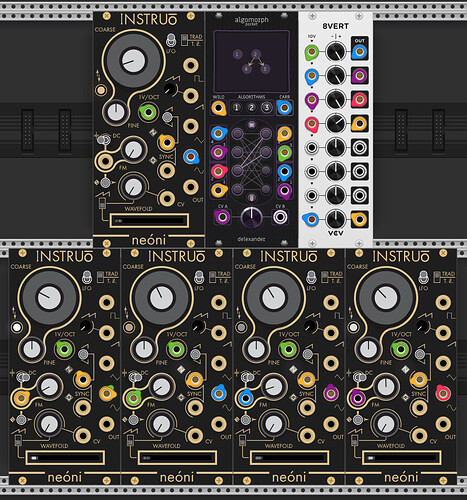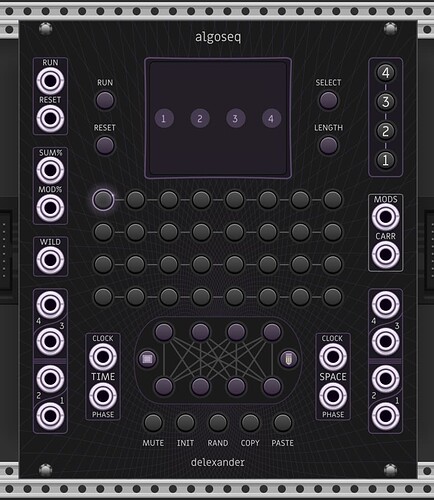Here is a significant new version of the test patch.
I’ve now added Instruō Neóni to the FM rotation. My configuration for this patch uses Neóni in Traditional mode and also DC coupling.
Like other Instruō modules in VCV, Neóni features simulation of the analog variance between the physical eurorack modules. This analog variance is stored in the module’s preset, and so it can be studied and modified, and if a module is duplicated then there is no analog variance between the duplicate and the original. So, I took some care not only to ensure that all 5 instances were the same, but additionally I rounded off some of the numbers in the preset in order to arrive at some kind of specific testing unit. Here is the preset that can be pasted onto any Neóni module in order to turn it into one such testing unit (parameters will not be changed):
{
"plugin": "Instruo",
"model": "neoni",
"version": "2.0.0",
"data": {
"deviations": {
"frequency": {
"minimum": 4.8246350288391113,
"maximum": 37240.65625,
"fine": 295.11865234375,
"vpo_error": 0.0,
"fm_bias": 0.0
},
"amplitudes": [
4.5,
4.5,
4.5,
4.5,
7.5
],
"wavefolder": {
"minimum": 0.62463122606277466,
"maximum": 0.85045909881591797
},
"waves": {
"sawtooth": {
"bias": 1.031604528427124,
"invert_level": -0.19921243190765381
},
"sine_shape": 1.5
}
}
}
}
This addition of Neóni (in both sine and triangle forms) brought me to a full MixMaster, but also overburdened my CPU. (To be clear, I don’t blame Neóni at all; 80 oscillators is a lot for one patch!) So now I’ve split the patch in two: one for phase modulation and one for frequency modulation.
While testing Neóni alongside the other FM oscillators, I found a curious dichotomy: for this particular sequence of algorithms, hard sync leads Neóni to sound rather clicky but conversely soft sync makes Terrorform start clicking. So, because all of the FM oscillators have both hard and soft sync, I decided to double up the patch and share both versions.
This version sees the dawn of Full Detach Mode in TZOP (thanks very much @synthi!). No more gaps there. 
This is also using the latest release of Algomorph, featuring carrier averaging at the Carrier Sum output. This means that you may notice less volume fluctuation across all of these tests going forward, no matter the sequence of algorithms.
I’ve changed the algorithms for the first time. Let’s get more interesting! Higher modulation depth! Here’s the new setup:
Operator 4: [Freq - 65.407 Hz, i.e. Octave -2 & Ratio x1] [Mod Depth - 10.506%]
Operator 3: [Freq - 196.22 Hz, i.e. Octave -2 & Ratio x3] [Mod Depth - 8.3494%]
Operator 2: [Freq - 163.52 Hz, i.e. Octave -3 & Ratio x5] [Mod Depth - 13.843%]
Operator 1: [Freq - 114.46 Hz, i.e. Octave -4 & Ratio x7] [Mod Depth - 49.494%] [Osc Amplitude - 35%]
Wildcard: [Freq - 16.352 Hz, i.e. Octave -4 & Ratio x1] [Mod Depth - N/A] [Osc Amplitude - 0.20482%]
Also, I added melody. Because why not?
Note: the modulation depths for NYSTHI TZOP have been doubled and those of µOPERATOR have been quadrupled. This brings their sound more in line with those from other developers, and they sound much more similar to each other now too. The amplitude of µOPERATOR is also boosted by 6dB in MixMaster.
I think this one is pretty cool! Every oscillator here has its own character.
To recap, these are the included oscillators. Sin indicates sine wave output and tri indicates triangle wave:
The following videos were recorded with the Rack engine running at 48 kHz using VCV Rack Pro 2.0.5 and the following plugin versions:
- Bogaudio 2.0.39
- Fundamental 2.0.3
- Instruo 2.0.0
- NYSTHI 2.0.14
- Squinky Labs 2.1.3
- Valley 2.0.2
Stay for the ensemble performance during the fade-out of each video! I enjoy the sounds that come from layering different oscillators together. There are some really cool chorusing effects to be found in this way.
AlgomorphVCO_TestPatch_PM_Octahedron.vcv
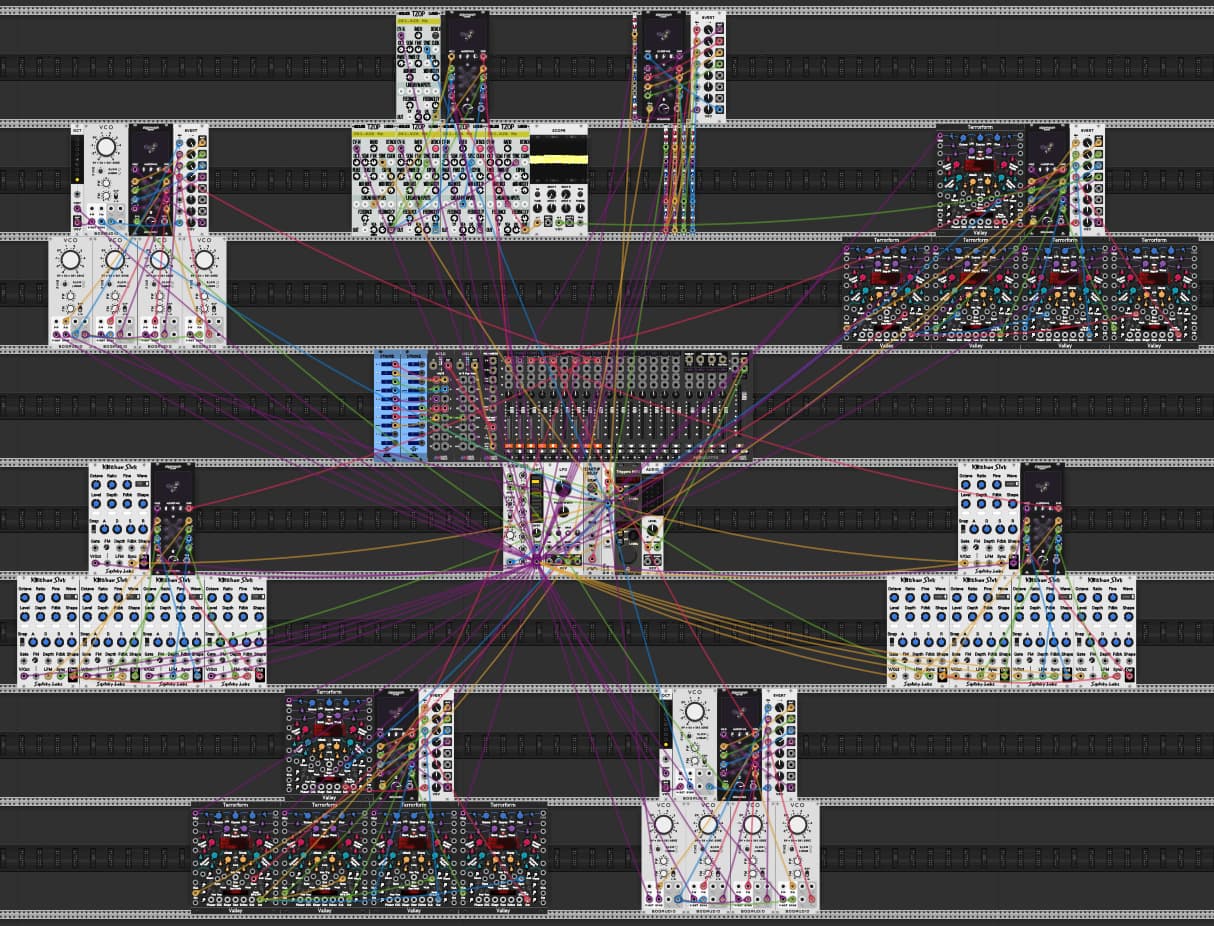 (11.1 KB)
(11.1 KB)
AlgomorphVCO_TestPatch_FM_Hard_Octahedron.vcv
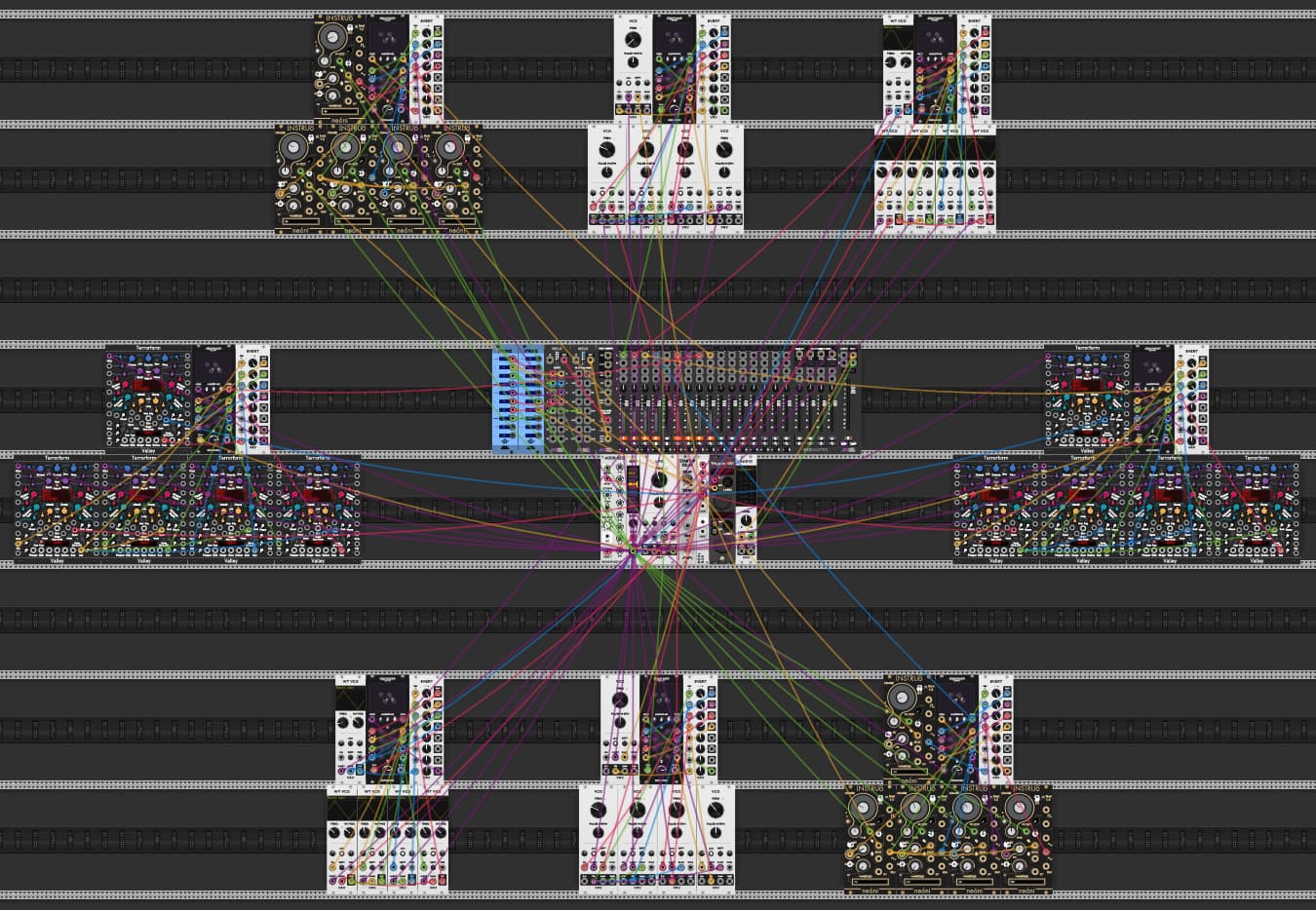 (14.7 KB)
(14.7 KB)
AlgomorphVCO_TestPatch_FM_Soft_Octahedron.vcv
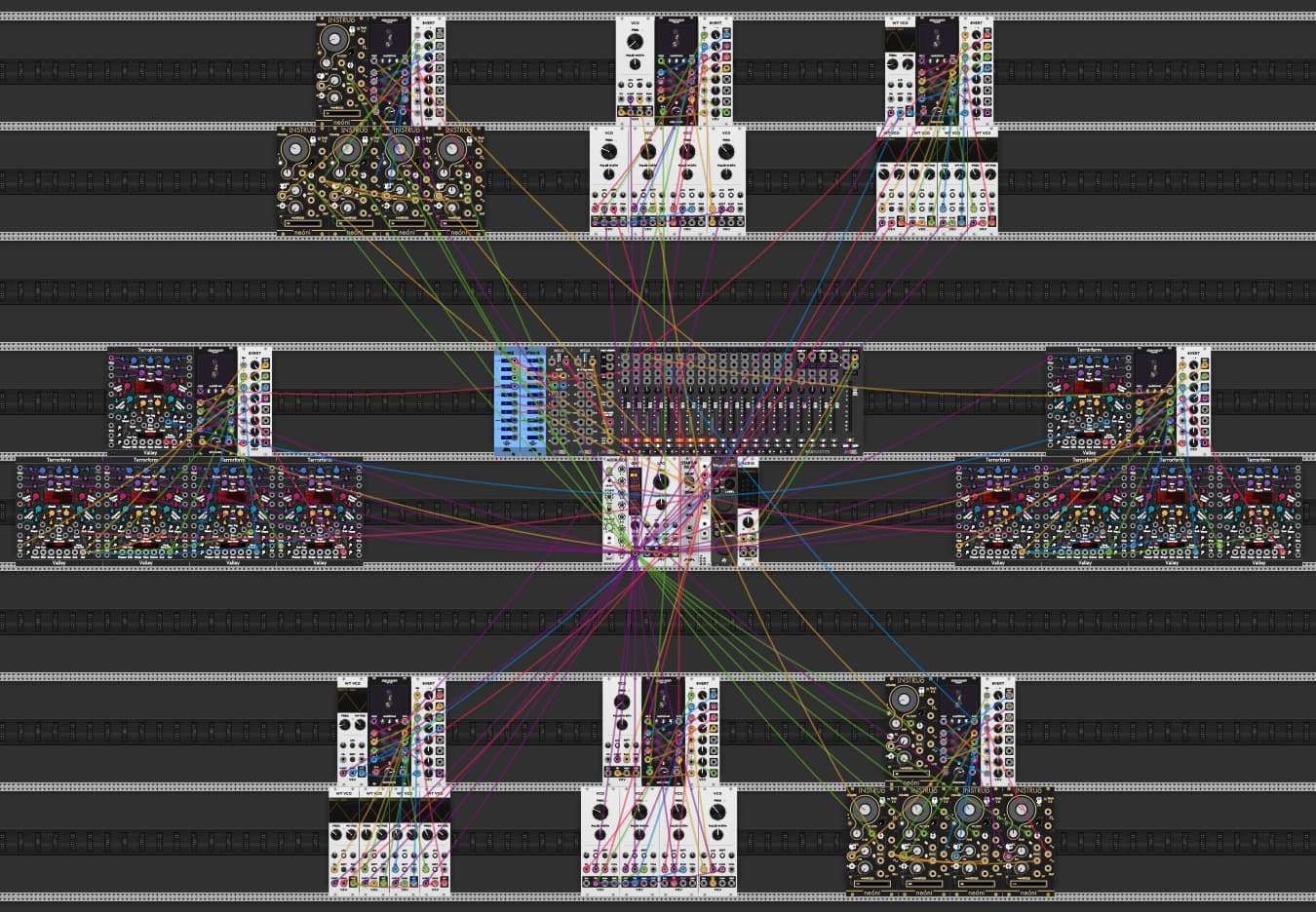 (14.7 KB)
(14.7 KB)


